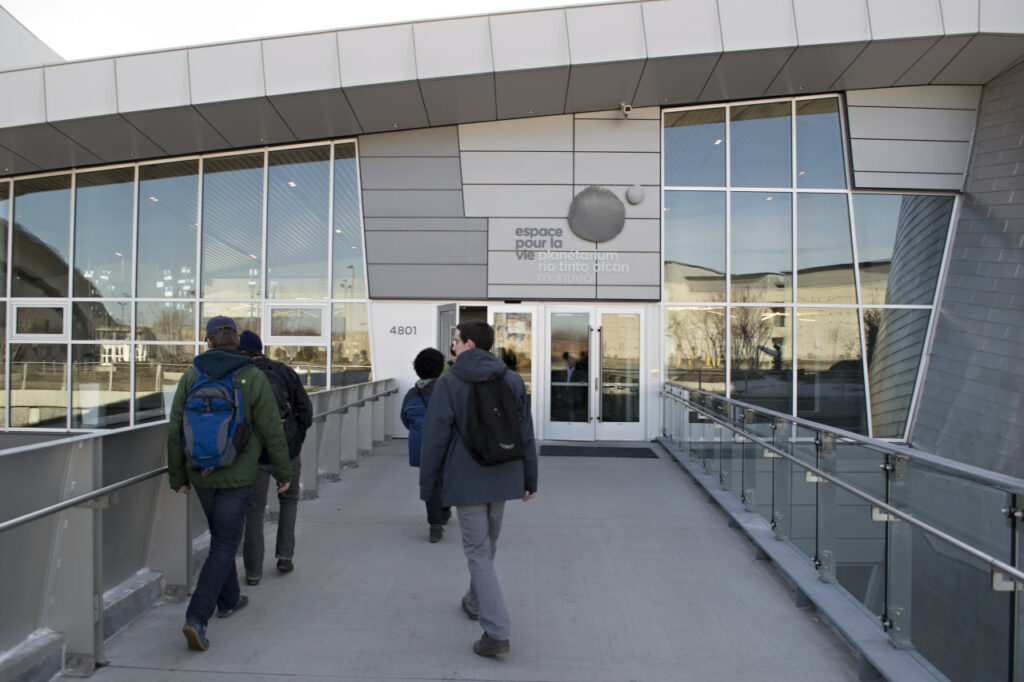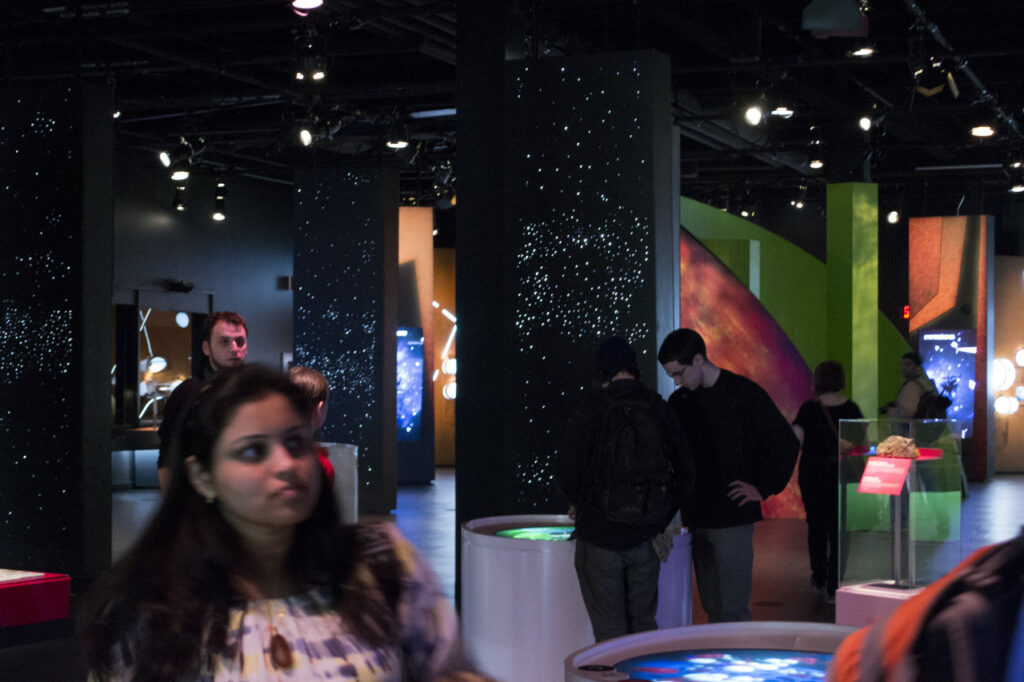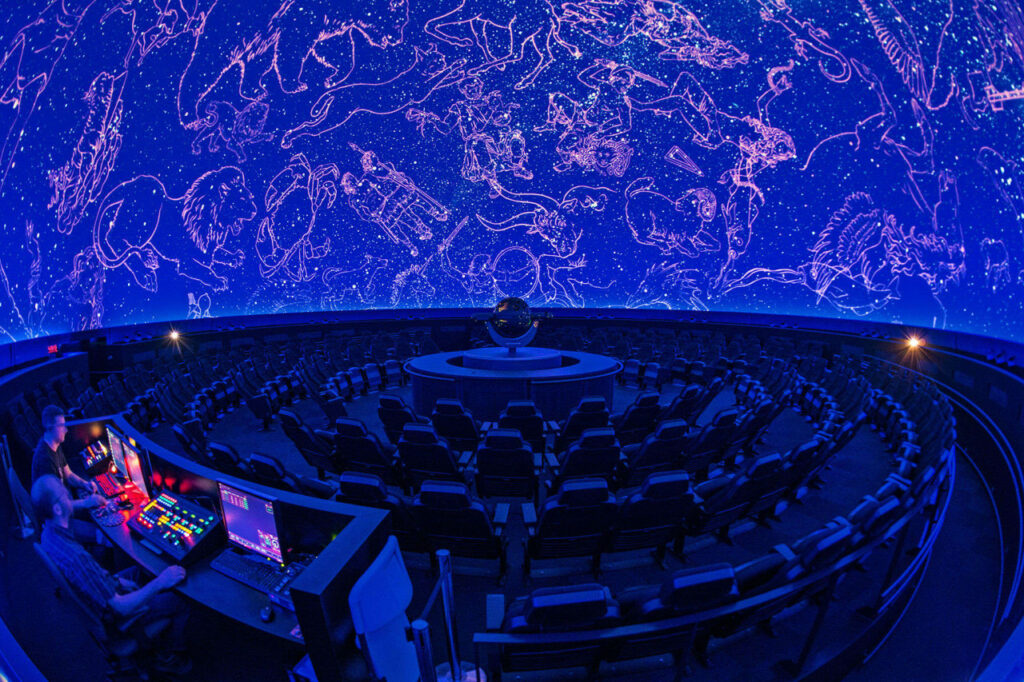It feels like some time ago that I was a ten year old kid sitting in for my first Planetarium experience in Washington D.C. I thought it was a cool display of the stars, the constellations, and the galaxy we live in, but it was far too big for me to understand. At the time, I probably couldn’t help but think about my parents taking me to McDonalds after the show.

So here I am, 23 years old, and in college, walking into the Montreal Planetarium with my fellow college classmates and there’s a sense of overwhelming excitement that this time I’ll actually retain the information from the show into this older brain of mine. If I’m being honest, Interstellar probably got me (and several countless others) hyped up about space more than anything in the last couple years. I love space and the concept of time travel, I also love googling random curiosities such as “Farthest we can see into space” or “biggest star in our observable universe.” There’s really no denying that as humans in 2015 we require this fast paced artistic medium like a movie to keep our attention. I can’t tell if that’s a sad truth, but at this point if it works i’m not going to deny it. We need to once again be the excited explorers that we once were back when our very own planet was a mystery. Space needs to be cool again. (Was it ever not?)

We walk into the room of the first show, Vertiges, and the first thing we spot are the bean bag chairs. Score. The room was big and rigged with several projectors and solid audio equipment. At this point the anticipation was killing me. The lights dimmed and the show was underway. I’ll admit, it was nothing like I expected. I expected straight facts and displays of our small solar system (small as in taking into scale the universe as a whole), constellation, and history of the universe. Instead, an engaging, poetic narrative that asks the question: What is Time? The visuals were often abstract lines and visual representations of theories. The show overall required critical thinking and covered topics much too large for a show to cover. It was less explaining, and more thought provoking if anything. Our relationship with time is fascinating and rather incomprehensible. I absolutely enjoyed every minute, though. The visuals were on another level, and can only ever really be appreciated in that room. I work with artists every day as a game industry major in school, but I cannot imagine the time it took to animate the visuals for a show that’s displayed in a half circle. You just have to see it for yourself.

The second show, Tempo , was more of what I expected. Instead of a prerecorded poetic narrative it was a live narrator in the room with us telling of the previous relationship between humans and time. How our ancestors saw time using our own constellations, no clocks necessary. The show never exceeded the distance of our solar system. There were remnants of the artistic elements from the first show, but it was merely a way to keep the viewer engaged with the topic at hand. There were times where I personally felt sad about the reality we live in today. It was the idea the narrator brought up that we never really see the sky anymore. They even displayed what the night sky would look like right now in Montreal if we didn’t have all the light pollution. It doesn’t help that we are covered by a very mechanical sense of time thanks to technology.
I believe the running time of Tempo was just a little bit longer, clocking in at 40 minutes. It was well done, but after the spectacle of Vertigo, it just didn’t compare. Maybe it’s because I’m older, and the fiery passion I had for our solar system as a kid has turned into a small kindle. Like when you walk back through the halls of your elementary school and everything is just 10 times smaller and less exciting despite some nostalgia. You just want to go back to college. I guess what I’m trying to say is if you’re an adult, Vertigo is where it’s at. All in all, a worthwhile trip that I would absolutely recommend future students to go on.
